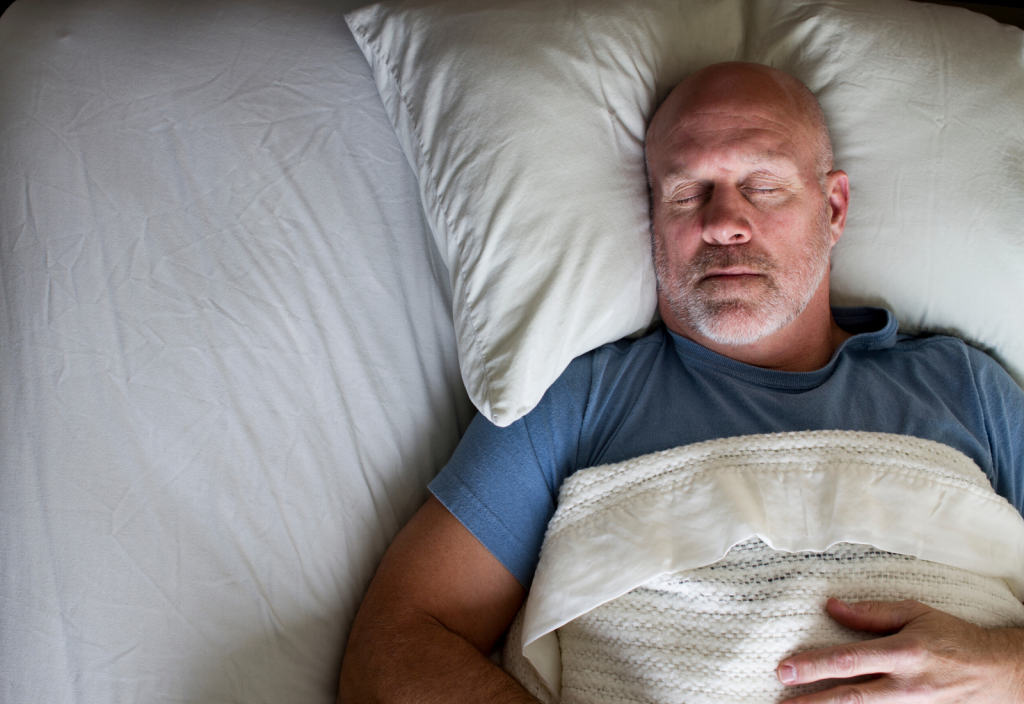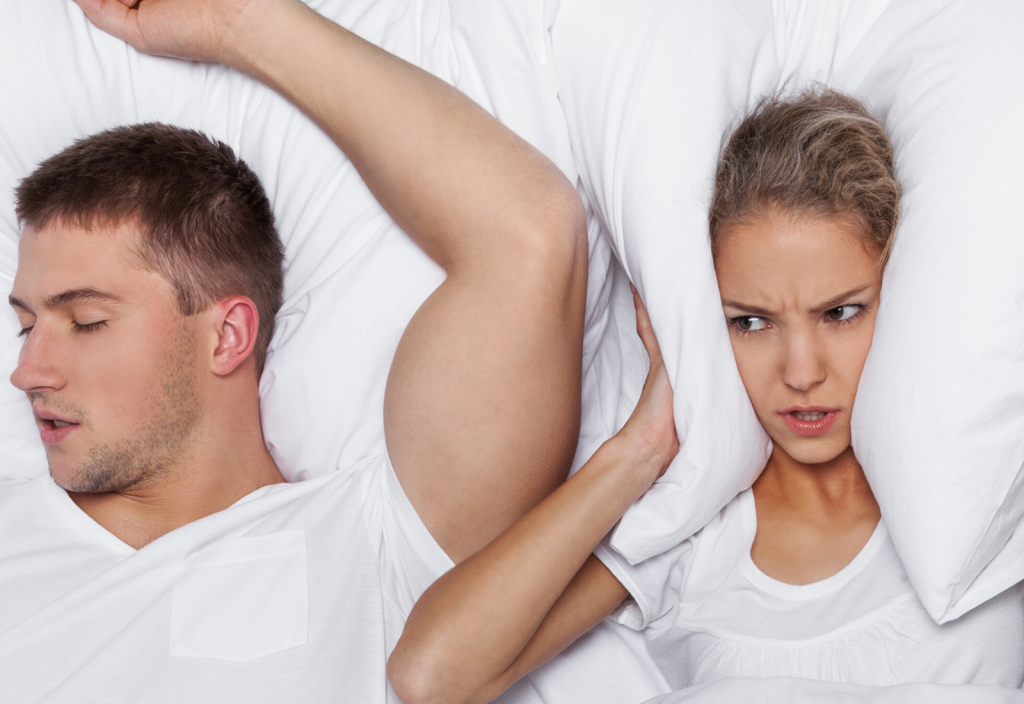What does CPAP stand for: CPAP stands for Continuous Positive Airway Pressure. Meaning a continual flow of air. This is used in the treatment of Sleep Apnoea.
People with OSA (obstructive sleep apnoea) suffer with breathing difficulty during sleep as a result of their airways collapsing.
The continuous airway pressure supplied by a CPAP machine helps the airways to stay open and clear.
How Does CPAP Work?
The CPAP machine provides the flow of air which is pushed through a connecting pipe/hose and reaches a mask which is worn by the user either over the nose or the nose and mouth.
The air from the CPAP machine is taken in by the user, through the mask, and keeps the airways open preventing periods of non-breath, minimising Sleep Apnoea symptoms and resulting in a better night sleep.
So now we can answer the question ‘What Does CPAP Stand For?’ and we know how it works, but what about the other machines out there that work as a non-invasive treatment for Sleep Apnea?
What Does BIPAP Stand For?
BiPAP (sometimes known as BPAP) is short for Bilevel Positive Airway Pressure. This is extremely similar what CPAP stands for but with one crucial difference. The word Bilevel!
Bilevel refers to the type of air pressure the machine emits. This is the key difference between the two machines.
BIPAP machines blow air into the airway to aid in breathing whilst the user is asleep. Just like a CPAP machine.
Both machines function in a very similar fashion and even look the same. They both have a machine, hose/pipe and a mask.
Both are also a non-invasive and popular treatment for Sleep Apnoea, but they are fundamentally different.
How Does BIPAP Work?
The BIPAP machine has two pressure settings. One for inhalation and one for exhalation. The higher pressure is applied for inhalation maximising the opening of the airway. Whilst the lower pressure is released for exhalation, making it easier to breathe out against the air pressure.
The lower pressure still keeps the airway open to avoid periods of collapse but is easier to breathe against making it more comfortable for most.
BiPAP machines can be set to make sure that users breathe a set number of times per minute during the night.
There are many advantages of this, and the slight difference in the types of air pressure in comparison to CPAP machines means more options for patients.
Similar to BIPAP is another form of non-invasive treatment method – APAP!
What Does APAP Stand For?
APAP is an abbreviation for the term Automatic Positive Airway Pressure. You may be recognising the similarities in all the terms discussed.
As with BIPAP and CPAP, APAP is a non-invasive treatment for Sleep Apnea that delivers a air to the airways as an individual is sleeping.
It does this in the same way as the others. A mask, a pipe/hose and a machine that delivers the airway pressure.
How Does APAP Work?
APAP is very similar to BIPAP in that it works with two different pressures as opposed to just one (like CPAP).
However, the APAP machine automatically adjusts itself throughout the night to meet the needs of the patient.
The two different pressures (high and low) can make it more comfortable for the user, and the automatic adjustment makes it even more comfortable as breathing changes through the different stages of sleep.
Conclusion
As you can see, there are many machines out there that all appear to be very similar. CPAP seemingly being the ‘hub’ of these treatments.
Now you can answer the question ‘What Does CPAP Stand For?’ and you know the various types of machine that offer similar treatment methods with a slight variation in the type of air pressure, making sleep for patients more individual.
For more treatment options and information click here.









